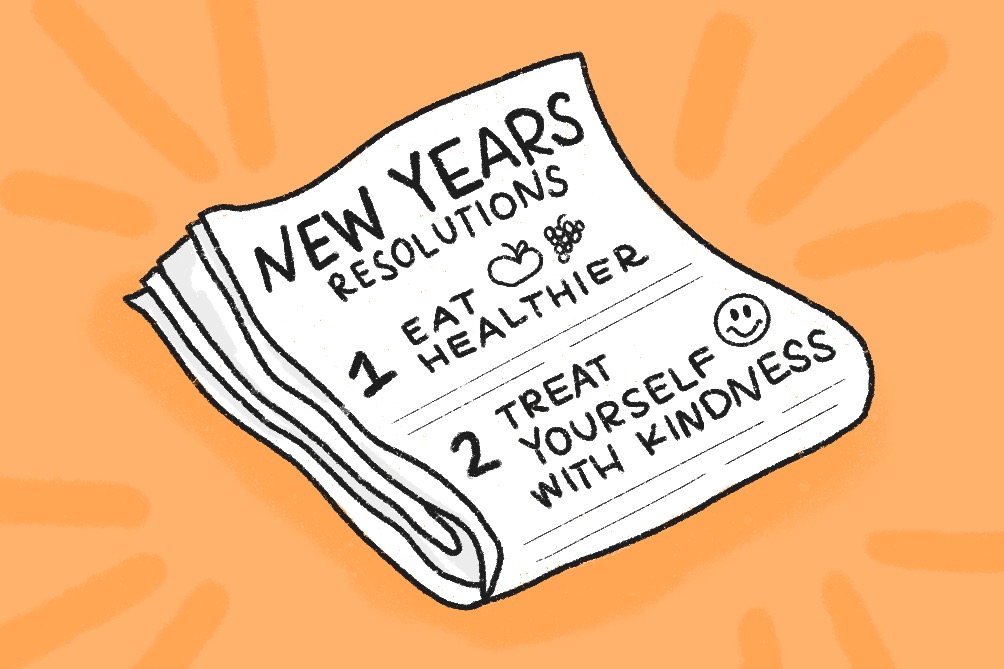(ARA) – Banks are responding to new regulations with product changes designed to help them recover lost revenue – and it can be very confusing to figure out just what those changes mean for your checking account.
Is “free checking” really free? Or is it, as some media imply, a thing of the past?
Almost all the major banks are revamping their checking products and although some financial institutions are no longer using “free checking” to identify their new accounts, free checking is not entirely gone. Some experts argue that banks are simply redefining what the new era of checking – including free checking – will be in light of the headwinds banks face with the new rules.
The slew of new checking products will certainly leave many consumers wondering where they can get the most benefit from their checking account.
‘Free checking’ was never free.
Checking accounts with high balances help cover the costs associated with maintaining the accounts. The fee income banks generated before the new government regulations on overdraft and debit cards took hold helped to pay for the no-balance requirements associated with the “free checking” accounts of the past. These customers still had to pay for essentials like checks, statements, stop payments, money orders and debit cards.
Contrary to popular belief, new kinds of free checking accounts with perks like free checks, no fees, and access to thousands of ATMs are still being introduced today. The changes to checking accounts, including free checking, are vast and they vary, but there are a few things to keep in mind in order to navigate the changing landscape and identify the account that’s right for you.
Get a checking checkup.
“Perhaps the single most important step a person can take is to determine the services they need with a checking account,” says John Rosenfeld, head of retail deposits at TD Bank.
Some questions you should ask yourself are: How much can you maintain on a monthly basis in your checking account? Some banks ask for as little as $100 to waive the maintenance fee. Do you need unlimited access to bank managers in branches in order to clear things up or have additional needs? Finally, do you absolutely want the free perks that come with the new era of “free checking?”
Your answers to these questions will help you determine the services you need with a checking account. For a checklist of similar questions online, Rosenfeld says TD Bank launched a new website (TDBank.com/CheckingSelector) that can be of help and can also provide a competitor comparison.
Know where you are in life.
“One of the best ways to develop a relationship with a bank in order to be approved for a mortgage, credit card, or home equity and small business loan, is to have a checking account that requires a minimum balance,” says Rosenfeld. “If you not only maintain that balance, but also increase it, the bank will feel you have sound financial judgment.”
However, if you know you won’t be able to maintain a monthly balance for an extended period of time, educate yourself on your options. For example, some banks offer online-only checking accounts, but you’ll pay hefty fees if you want to receive printed statements or visit a branch to speak with a teller. TD Bank has a new checking account that requires no minimum balance and no other requirements for a $3.99 monthly fee, or $2.99 if you choose paperless statements.
Also, you need to know what level of “hassle” you are willing to deal with when choosing an account. Many banks have complex requirements in order to offer you “free checking,” such as high balance requirements, minimum number of monthly direct deposits or transactions with your debit card, or paying a certain number of bills online. Unfortunately, some banks’ fees are not always transparent and you may need to dig through a schedule of fees and disclaimers to see all the potential costs. You may see things like fees to check balances at out-of-network ATMs, or for paper statements with images of checks, and even for phone transfers. Rosenfeld recommends looking for a checking account that is simple and hassle free so you don’t have to worry about incurring unexpected fees.
Keep in mind that no one source or article will provide you with all the information you need to navigate these changes, so now is the time to educate yourself on your options and make sure you choose a checking account that fits your needs.






